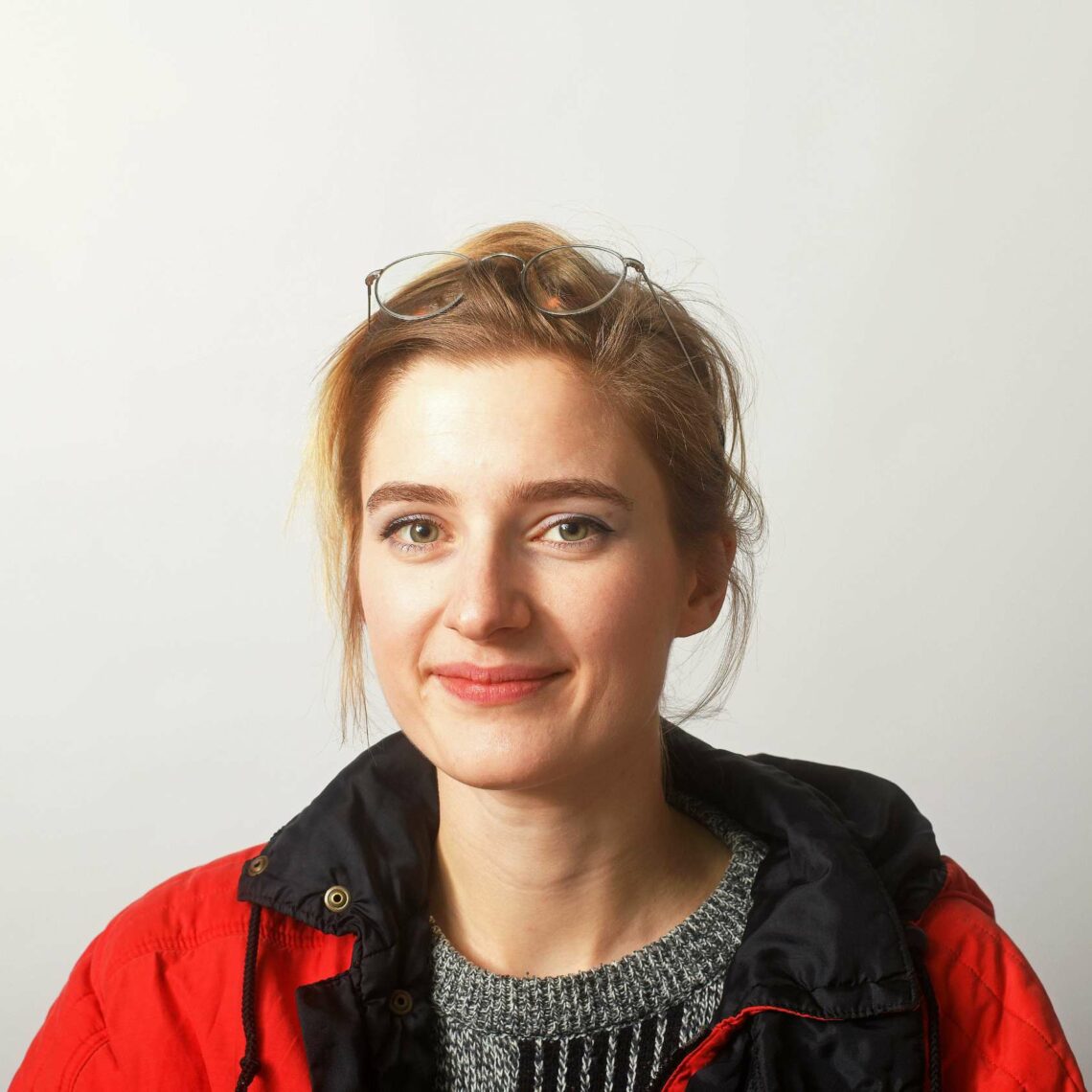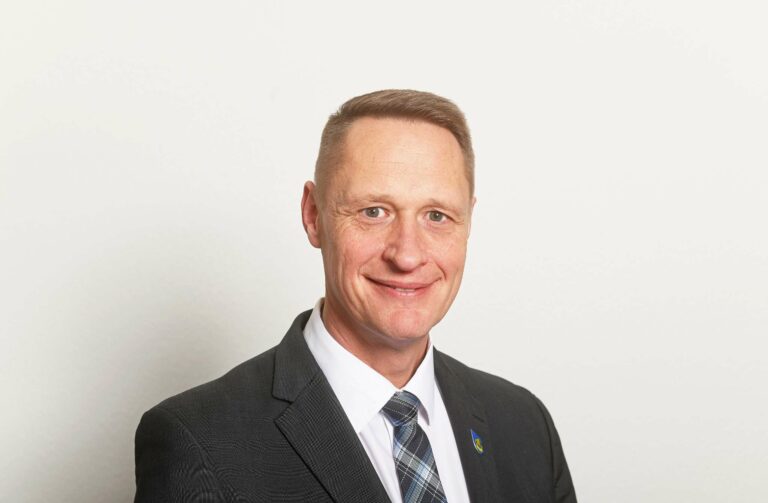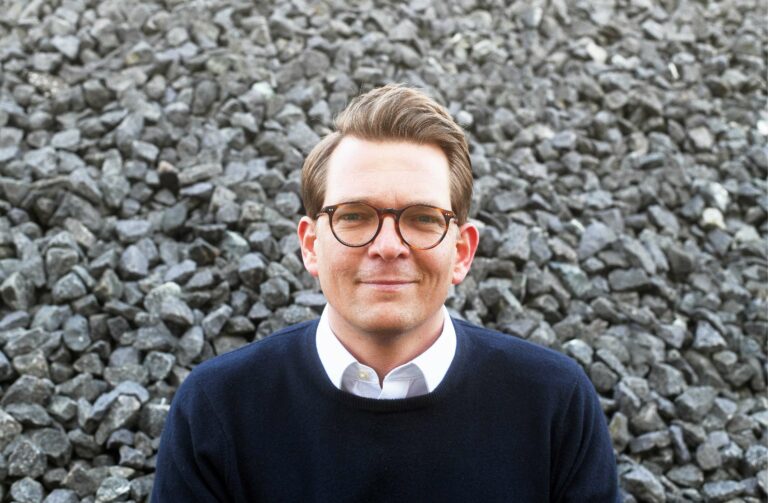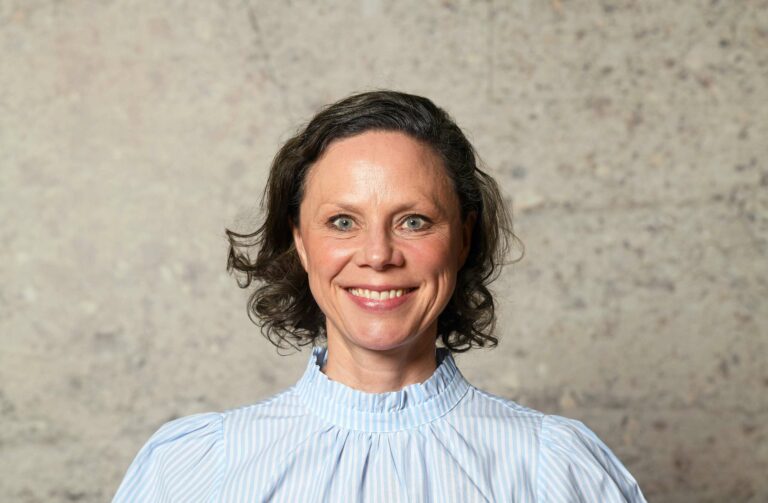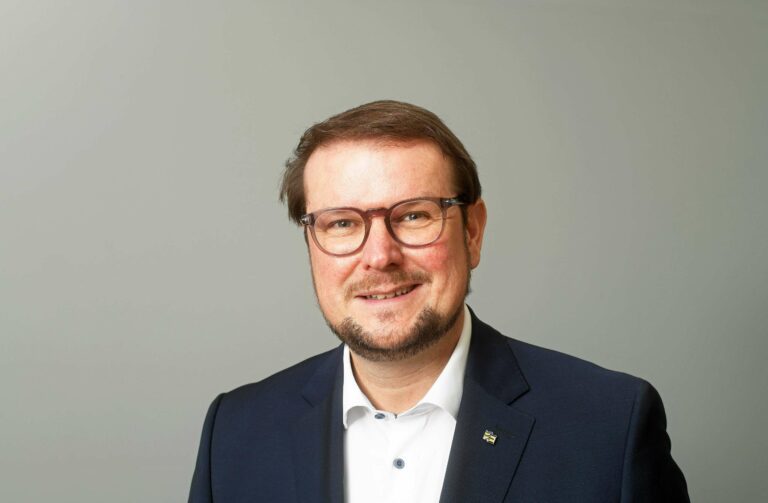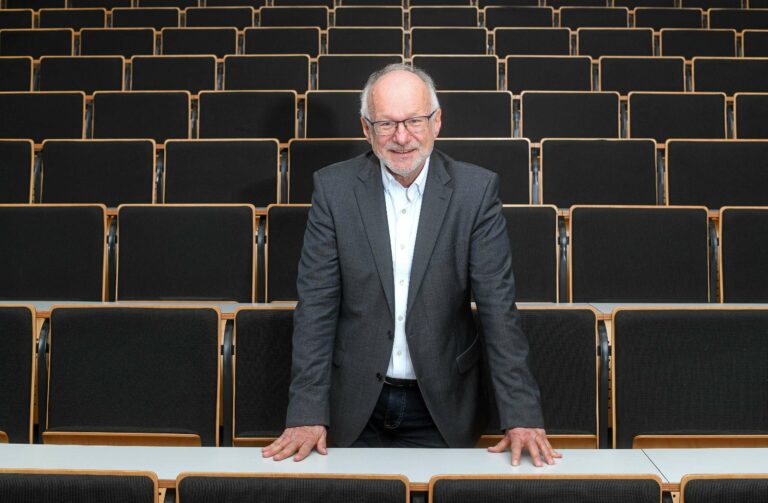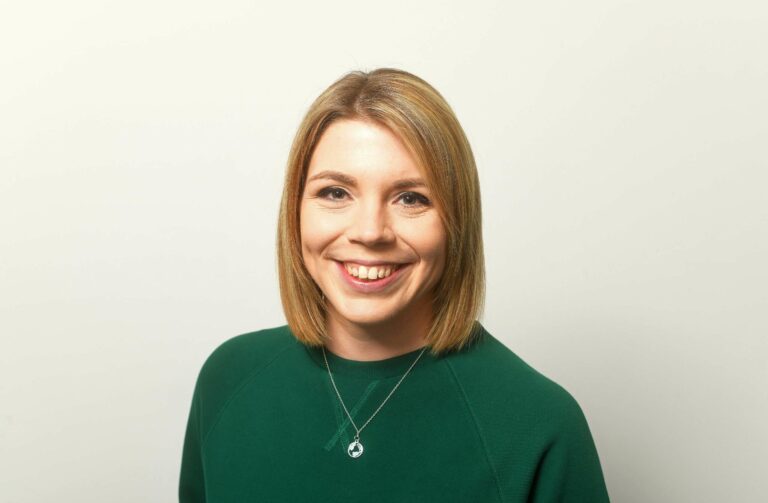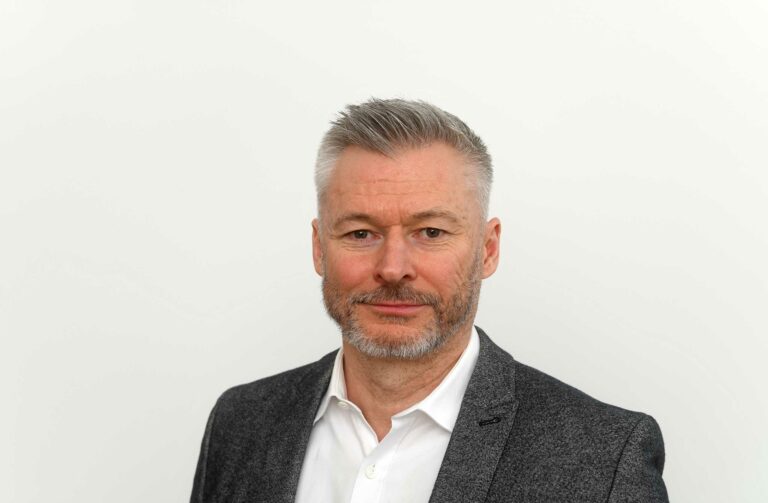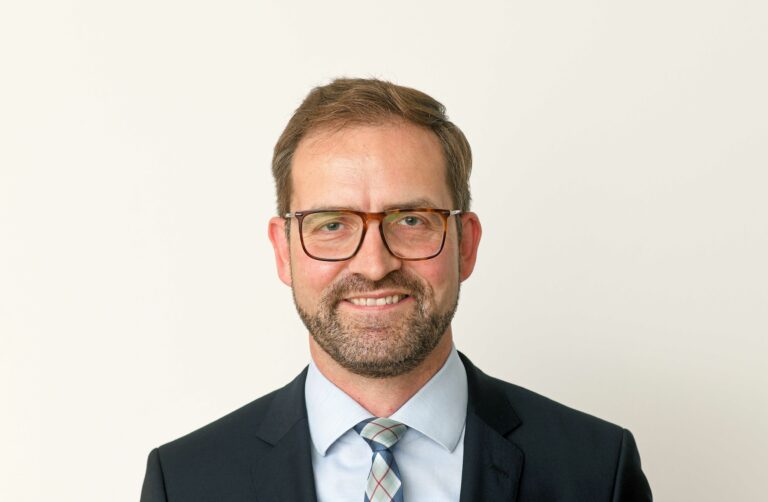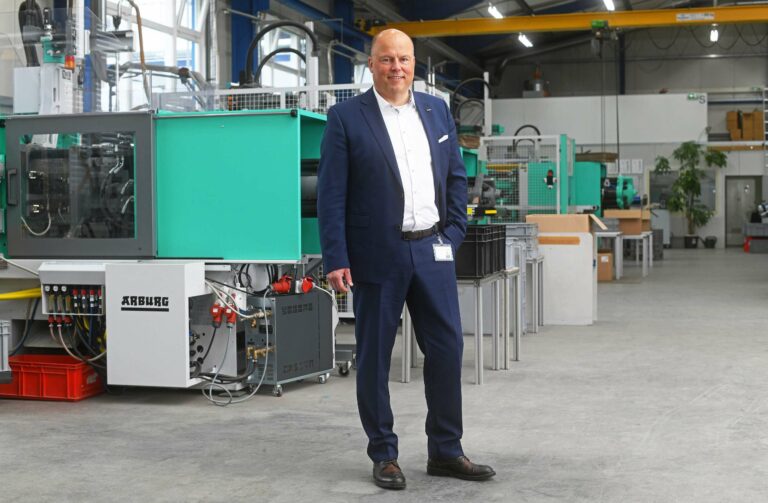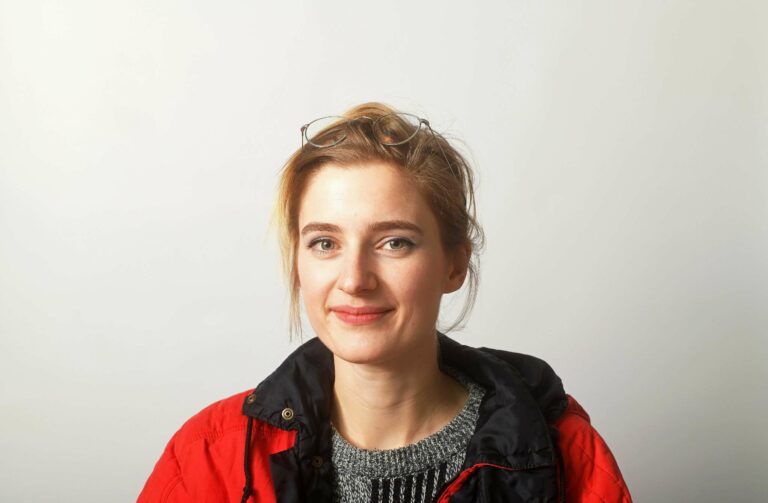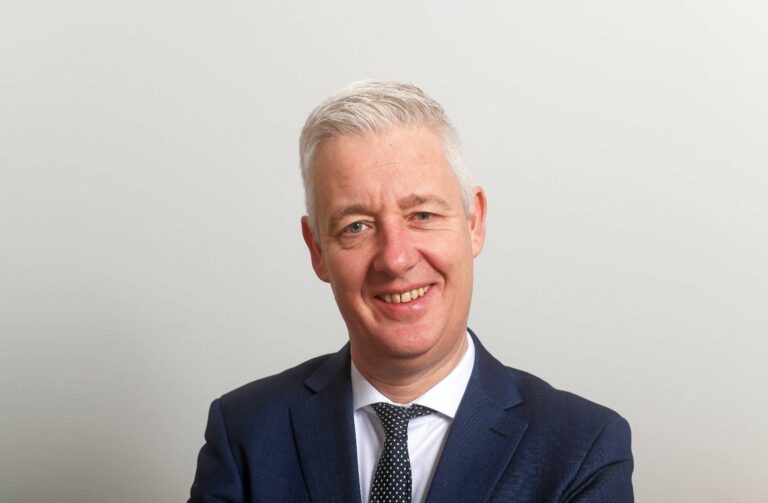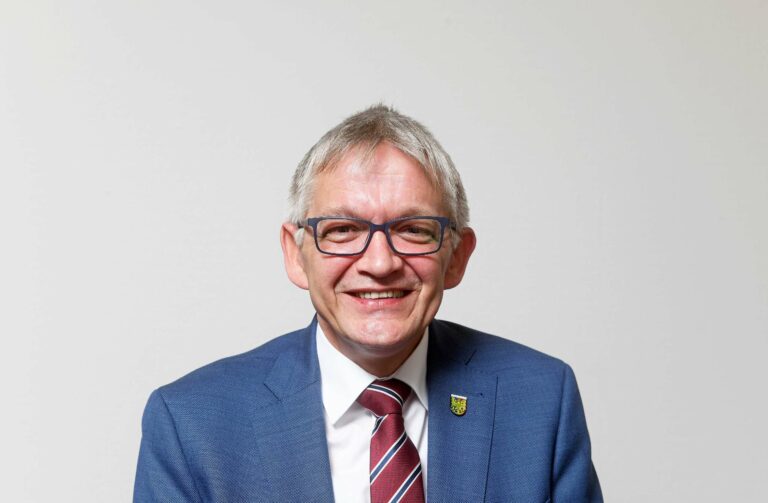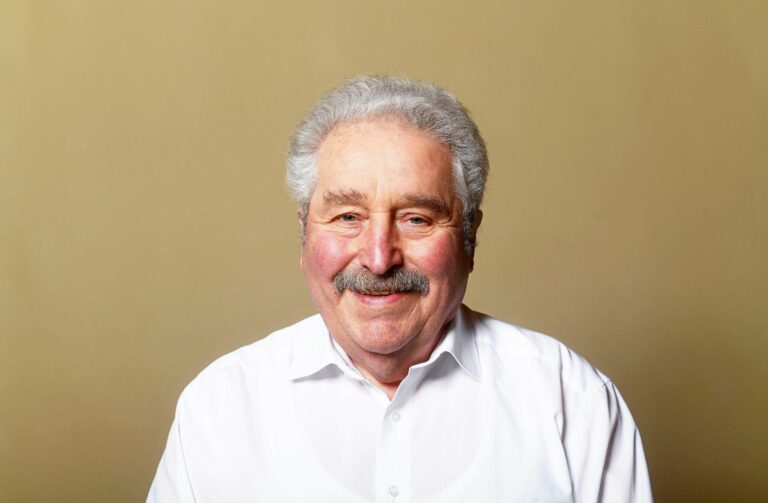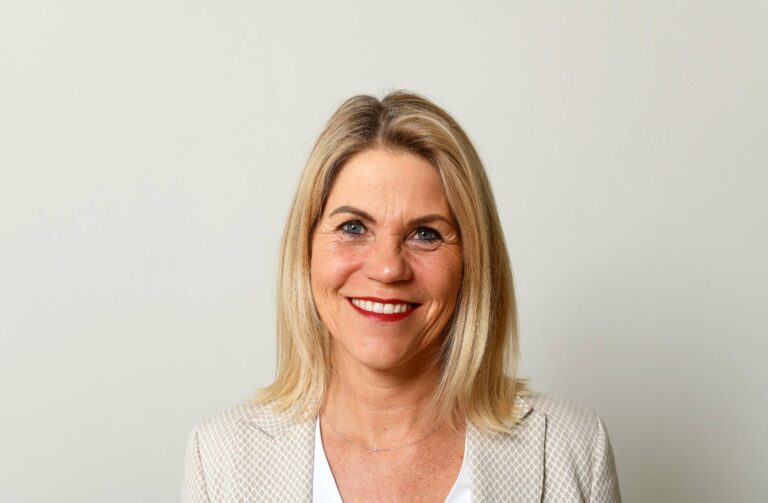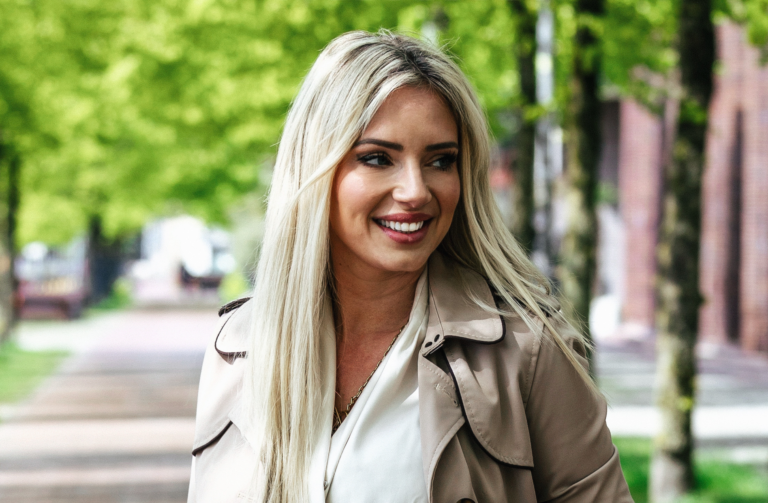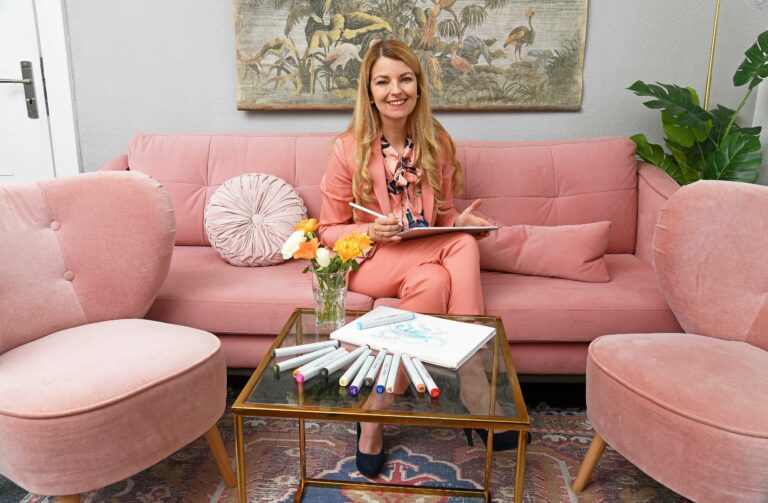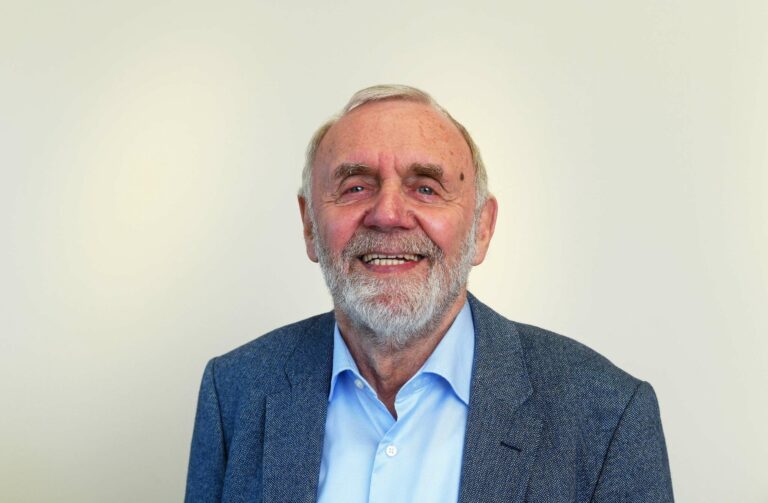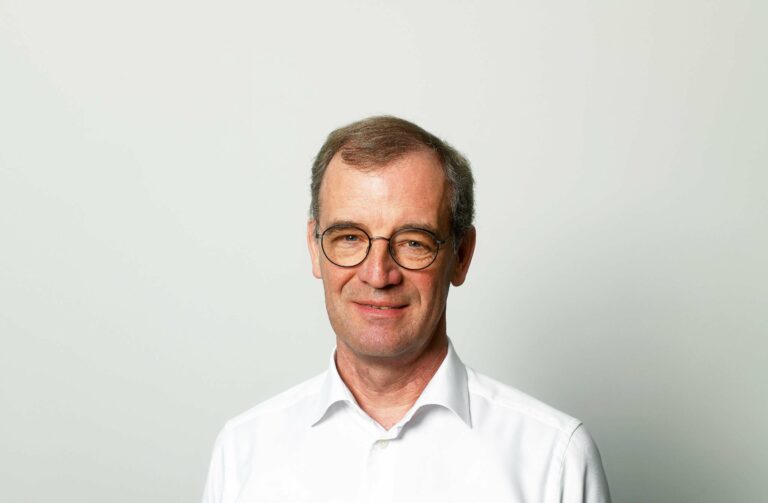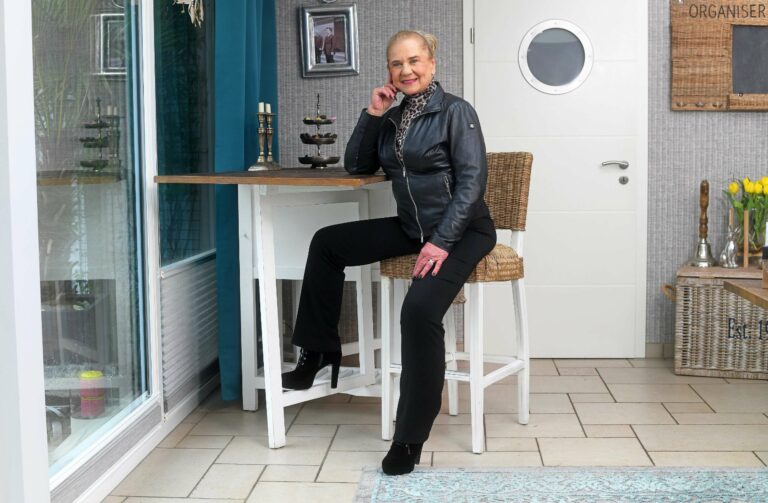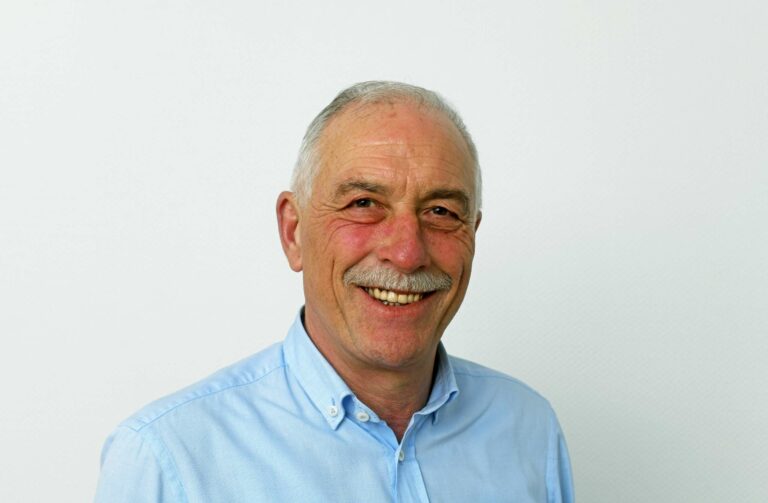“The energy generated during the first meeting is often subsequently associated with the tattoo.”
First the tattoo, then the desire to wield the needle themselves – that’s how many tattoo artists find their profession. And through learning by doing. But there’s also another way. Kea Bartling knew what she wanted to do as soon as she left school. Since then, the 28-year-old has gained 11 years of professional experience – and knows exactly how the training should change.

Velvety soft fur, razor-sharp predator’s teeth or children’s eyes sparkling with life – when you see pictures of Kea Bartling’s work, it often takes a second glance to realise you’re looking at artwork on human skin rather than black and white photos. The young tattoo artist from Neermoor is so adept at playing with the finest shading that the body shape imperceptibly becomes part of the drawing. The genre of art in which she has specialised is called “photorealism”. “Personally, I really like it, and it just comes to me naturally. Of course I’ll also work with words or mandalas. But with photorealism, I can lose myself completely in my work and start to feel the flow.”
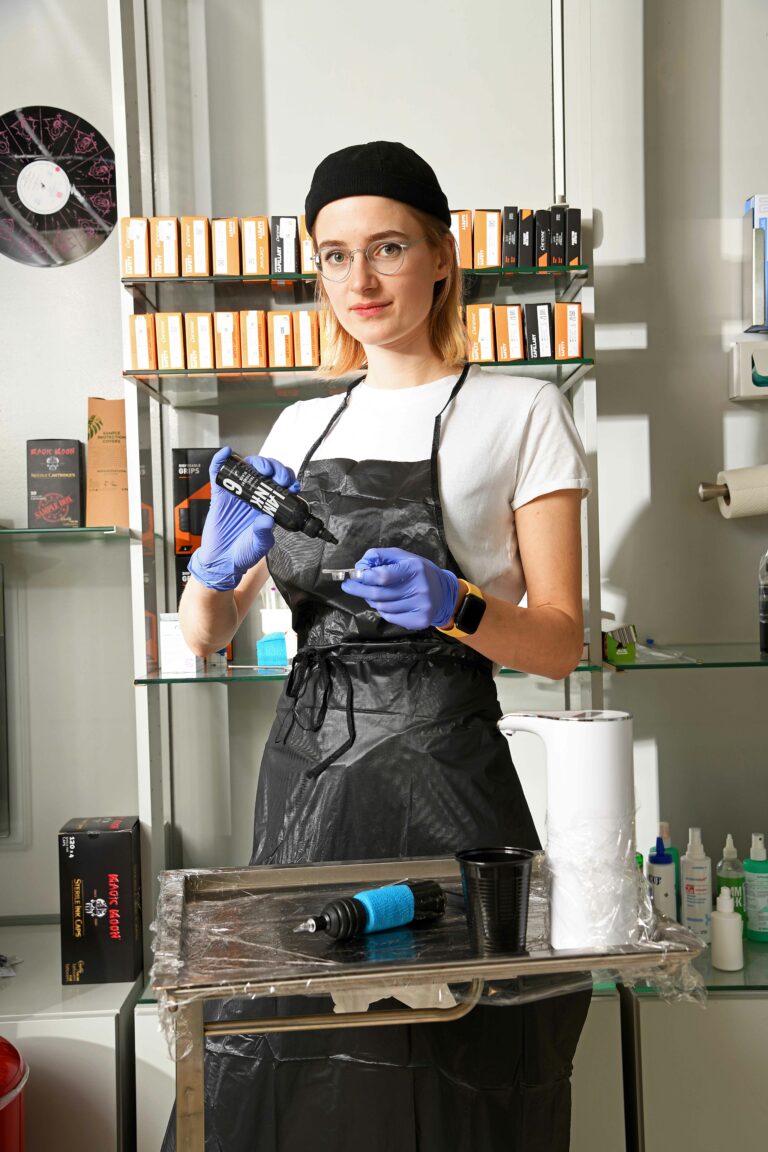
From school to tattoo studio
Kea Bartling took a practical approach to her choice of career. She had always been good at drawing and crafting. She also wanted to be creative and work with people. “And I wanted to be free. That led me to tattooing”, says the woman from Ostfriesland. She’d had no previous contact with the scene when, after leaving school, she went into the “Little Harbour” studio run by Markus Schloer in Leer. This was a larger business with employees dealing with walk-in customers. “I just stood there holding my CV in the good old-fashion way” – and without having any tattoos herself, which is still the case today. But what she did have was great motivation, curiosity and the willingness to learn.
Kea Bartling was lucky: the experienced tattoo artist offered her an internship. “I had only just turned 18, I had no experience: all I had was a dream. But Markus quickly saw my potential and took me on.” In doing so, he also assumed responsibility for the first steps in her working life. He asked whether she wanted to make money quickly or learn the skilled craft from scratch. Kea Bartling opted for the latter. So she started to solder needle cartridges, learned all about sterilisation processes, soaked up everything that was going on around her and started to design her own motifs. It was only nine months later that she did her first tattoo.
Tattooing is not a protected profession, there is no structured training or apprenticeship. Many teach themselves how to do it, practising on themselves, on friends or on commissions they’re not paid for.
Others do unpaid internships at larger studios. Manufacturers of tattooing equipment also offer seminars, and workshops on skills and hygiene are available online.
All you have to do to work as a tattoo artist is to register as a small business with the local authorities. Kea Bartling sees the problems involved here, particularly in view of the strong growth in the tattooing sector. “I was fortunate enough to receive very thorough training from a meticulous tattoo artist.” He also had customers available for her to put her skills to the test. After all, the artificial skins and even pig’s ears that trainee tattoo artists practice on are not entirely suitable.
First attempt blindfolded
Kea Bartling’s first attempt to tattoo a person was like flying blind. “It felt like the needle was floating. There was almost no resistance from the skin, everything seemed to be moving and full of ink. It was like working blindfold. Quite shocking at the time .” Even so, her friend was satisfied with the lettering and the rose. Kea Bartling herself was more critical with the result and was determined to improve her technique. After all, what she does stays for ever. “Today I feel where to go with the needle and how to move my hand.” Her customers are always surprised to see a perfect picture emerging when the ink is wiped away. It’s the result of many hours of practice. The price: working for nothing.
Kea Bartling started with small motifs to try out techniques that would be essential for larger motifs later on. She used shading in places that could also be blackened. Or practised precise lines. Always with a safety net. “If necessary, my boss was there to add an outline just a millimetre to one side to make a flawed line perfect again.” She set herself high standards and was given the time she needed. For tattooing itself, and for advising the customers.
Right from the start, it was Kea Bartling’s plan to put herself through uni with the money she earned by doing tattoos. And it worked: two years later she was able to enrol at Bremen University of the Arts to do a course in digital media. Before beginning her Bachelor’s degree, she started her own business with a tattoo studio. “My parents thought it was good that I had the confidence to go ahead with my unconventional plans. My father in particular was all in favour of me setting up my own business. And my grandfather, who was initially concerned that tattooing would send me down a “slippery slope”, is really proud that my tattoo studio is continuing his entrepreneurial tradition”, she recalls with a laugh.
Roots in Ostfriesland
Many tattoo artists use work and travel schemes to travel the world or regularly go from one city to the next. But not Kea Bartling. “I always knew I wanted to stay at home.” She attends conventions two to three times a year, tattooing at events that she uses for advertising – consulting and tattooing on the spot. Otherwise, customers come to her studio. This means she can continue to live on the family’s multi-generation farm. “The animals and the holiday guests – they give me the balance I need.”
Today, Kea Bartling is in a position to choose which projects she wants to do. As a rule, these are larger tattoos that take whole days or several sessions to complete. She always starts with intensive consultation. “Many people think a tattoo is just superficial, like clothes. But that’s not true. It can really transform some people.” A tattoo can restore people’s confidence, giving them self-assurance and self-esteem. “The energy generated during the first meeting is often subsequently associated with the tattoo.” Addicts for example may choose a motif to stop them falling off the wagon. “People who just vaguely want some kind of lewd motif don’t get an appointment in the first place.”
Kea Bartling turns feelings, memories or places into motifs. She’ll spend several days working on artistic collages. The customers then come again for the tattooing sessions. She often works until late in the evening. This is an intensive period of undivided attention.
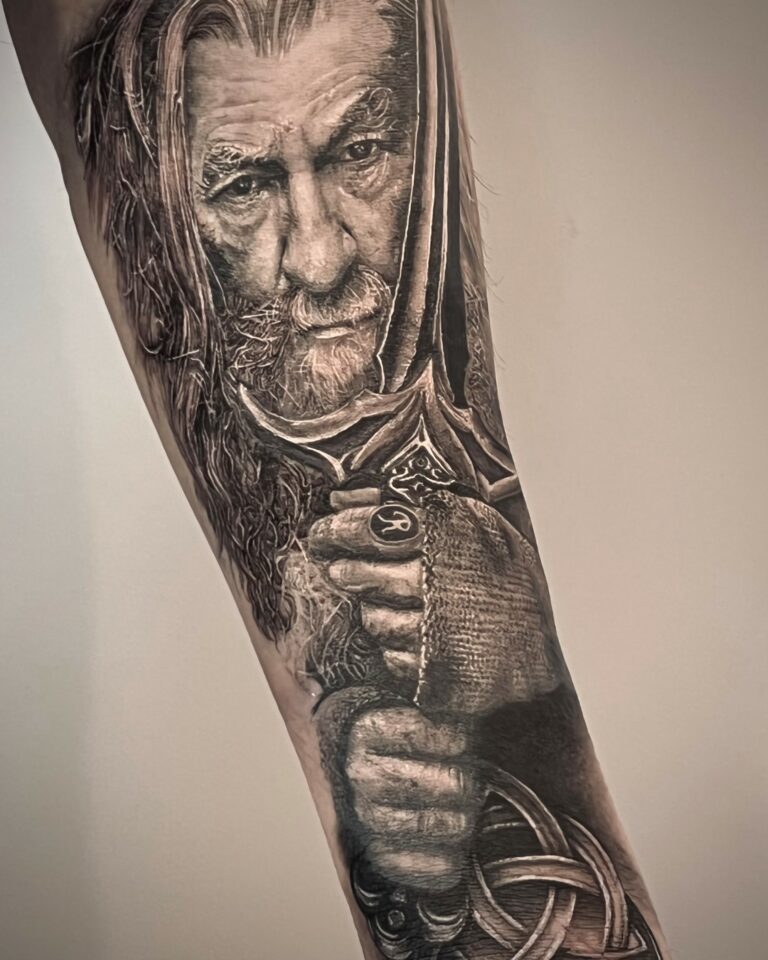
For the common cause
Since 2022, Kea Bartling has been actively involved in the Junior Chamber International and in the general assembly of the CCI for Ostfriesland and Papenburg. “I want to help create structures for our profession.
Other sectors seem to be over-regulated, whereas we don’t have any common standards”, is how the solo entrepreneur explains her motivation. Even categorising the profession is hard. It overlaps with the skilled crafts, art and the healthcare sector. Uniform framework conditions would help everyone. Kea Bartling gives absolute priority to hygiene, for the customers but also in terms of health and safety. For her own studio, she sought advice from medical and laboratory experts.
An organised profession would also help when lobbying. For instance, there were no labelling obligations for pigments for a long time, something that is equally important for customers and for personal health and safety. As far as the recently adopted regulations are concerned, Bartling feels there should have been more consultation and cooperation with the industry. “Others are further ahead in this respect”. The same also applies to legal protection: affordable professional liability insurance is almost non-existent. This in turn makes apprenticeships difficult. “In the end, we’re forced to go self-employed much too soon. That’s not good for anyone.” Bartling could see herself slipping into an instructor’s role to pass her own know-how in academic
training.
“Perhaps training has to be fee-paying, as is the case with physiotherapy.” She is well aware that not everyone in the industry shares her thoughts and ideas. After all, it also takes a certain amount of effort. But Kea Bartling is convinced that everyone will benefit from uniform standards in the end.
She also has plans to change things with her studio. “I want my customers to have an even better all-round experience. The plan is to convert a hallway on the farm.”
This would also let her expand the services she offers. One of her friends is a therapist with lots of advanced training, who could offer psychological consulting with the tattoos to help people with a complicated case history
to find motifs that help them on a personal level. Other activities Kea Bartling envisages on the farm include workshops for professional sharing among equals.
On the other hand, she’s giving herself plenty of time for another project, and that’s her own first tattoo. So many things are still unclear when you’re young. That’s why she prefers to tattoo older people. And sees herself as no exception to the rule. “It’s for life. The body should be something
sacrosanct.”
TATTOO ART KEA
Web: www.tattooartkea.com
Sie sehen gerade einen Platzhalterinhalt von Standard. Um auf den eigentlichen Inhalt zuzugreifen, klicken Sie auf den Button unten. Bitte beachten Sie, dass dabei Daten an Drittanbieter weitergegeben werden.
Mehr Informationen
